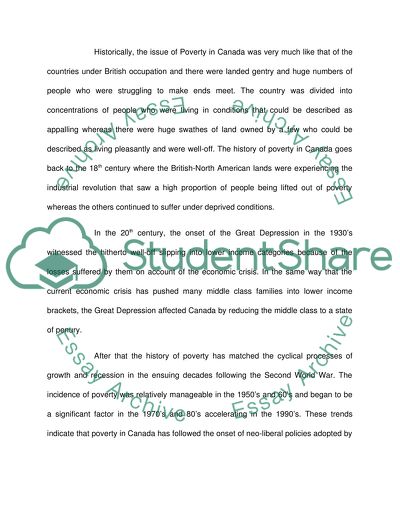Cite this document
(Poverty Issue in Canada Case Study Example | Topics and Well Written Essays - 2000 words, n.d.)
Poverty Issue in Canada Case Study Example | Topics and Well Written Essays - 2000 words. Retrieved from https://studentshare.org/social-science/1568357-poverty-issue-in-canada
Poverty Issue in Canada Case Study Example | Topics and Well Written Essays - 2000 words. Retrieved from https://studentshare.org/social-science/1568357-poverty-issue-in-canada
(Poverty Issue in Canada Case Study Example | Topics and Well Written Essays - 2000 Words)
Poverty Issue in Canada Case Study Example | Topics and Well Written Essays - 2000 Words. https://studentshare.org/social-science/1568357-poverty-issue-in-canada.
Poverty Issue in Canada Case Study Example | Topics and Well Written Essays - 2000 Words. https://studentshare.org/social-science/1568357-poverty-issue-in-canada.
“Poverty Issue in Canada Case Study Example | Topics and Well Written Essays - 2000 Words”. https://studentshare.org/social-science/1568357-poverty-issue-in-canada.


